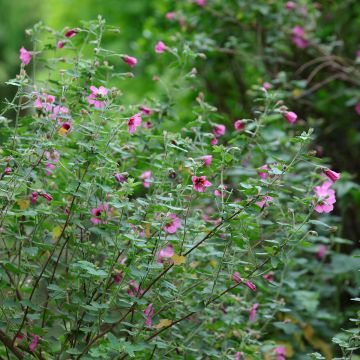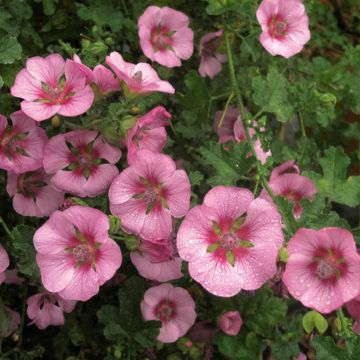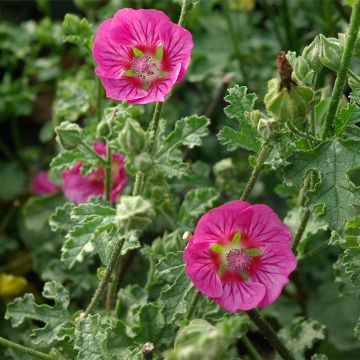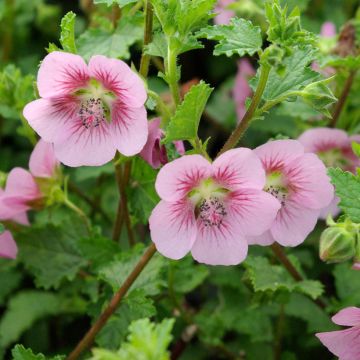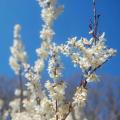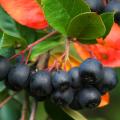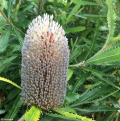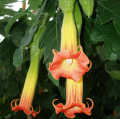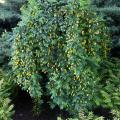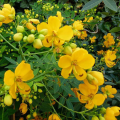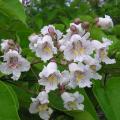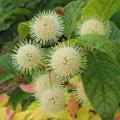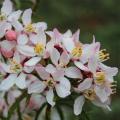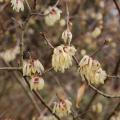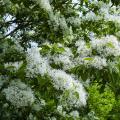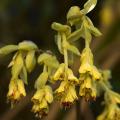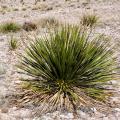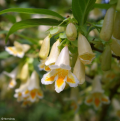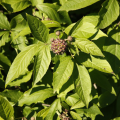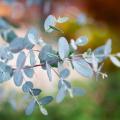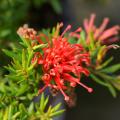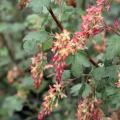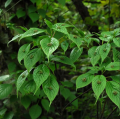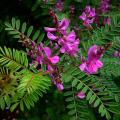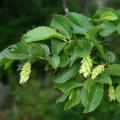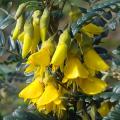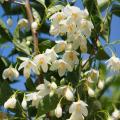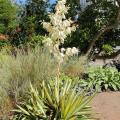Anisodontea
Does this plant fit my garden? Set up your Plantfit profile →
Available in 2 sizes
Available in 1 sizes
Available in 1 sizes
Available in 1 sizes
Available in 1 sizes
The Anisodontea, also known as Cape Mallow, is an evergreen shrub from the family of Malvaceae, just like lavateras or hibiscus. Native to South Africa, it is not very hardy but compensates for this weakness with an extraordinary floribundance that has made the success of certain varieties like the Anisodontea capensis El Rayo. Outside of our mild climates, it is a very good patio or balcony plant cultivated in a pot to protect it from strong frosts in winter. A fast-growing shrub that rarely exceeds 2m (7ft) in height, adorned with slightly grey evergreen foliage, Anisodontea is represented in cultivation by two species: A. capensis, the most common, and A. malvastroides, the larger of the two, the hardiest and most drought-resistant. The flowering is remarkably abundant in these plants, with a small cup-shaped flower appearing at the axil of each leaf throughout the growth period. The Cape mallow is indifferent to the nature of the soil as long as it is well-draining, but it loves full sun. Its maintenance is simple: pruning each year at the end of winter by shortening the stems by 1/3 of their length will help maintain a denser habit. In a pot, the shrub will benefit from regular watering and a spring fertiliser for flowering shrubs.
Haven't found what you were looking for?







































